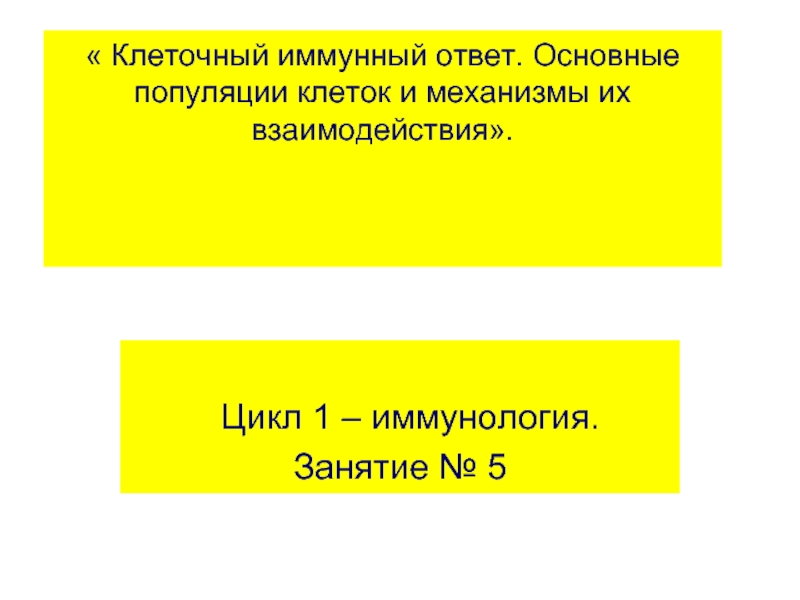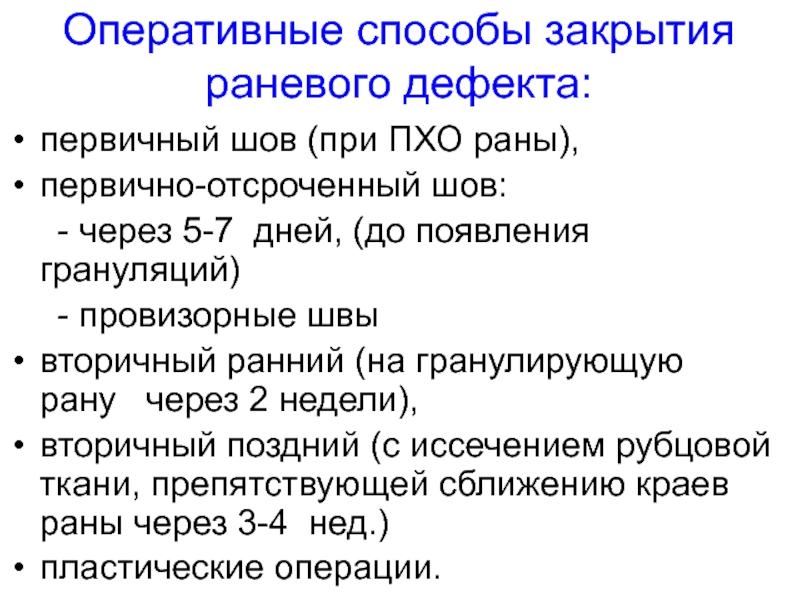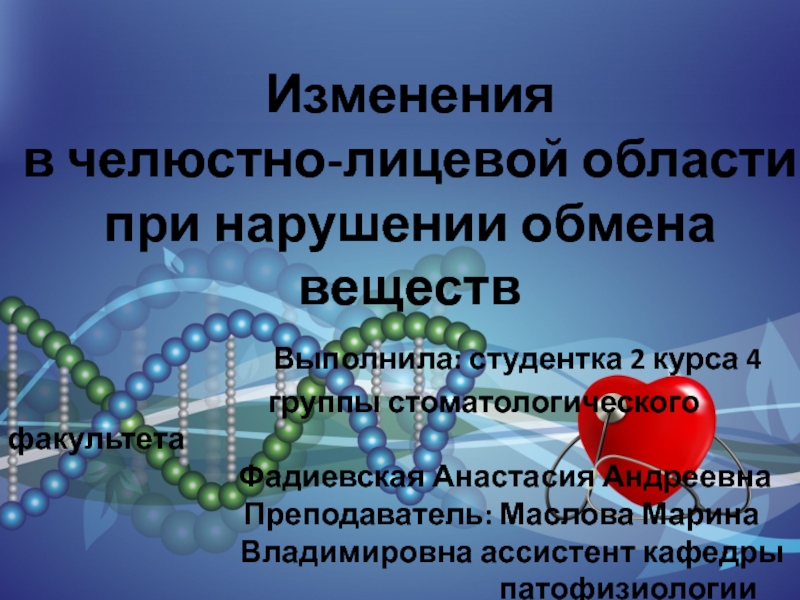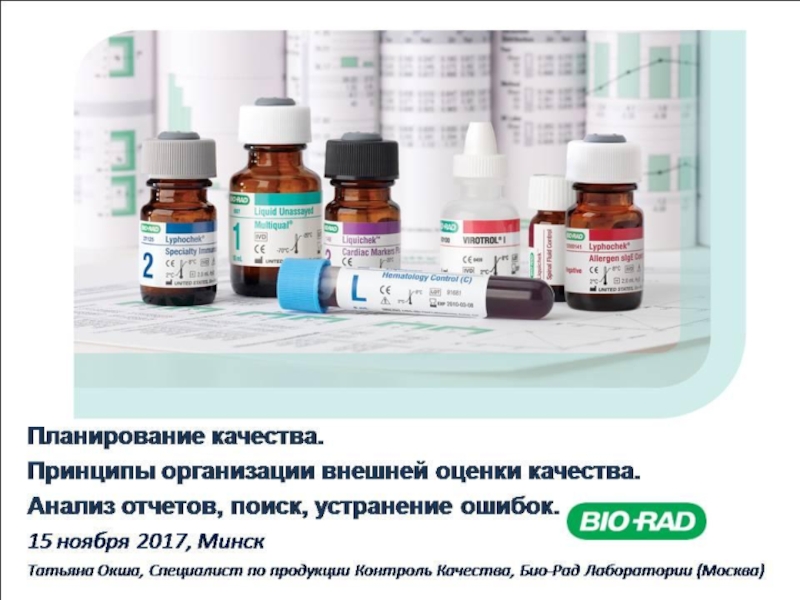Haifa
- Главная
- Разное
- Дизайн
- Бизнес и предпринимательство
- Аналитика
- Образование
- Развлечения
- Красота и здоровье
- Финансы
- Государство
- Путешествия
- Спорт
- Недвижимость
- Армия
- Графика
- Культурология
- Еда и кулинария
- Лингвистика
- Английский язык
- Астрономия
- Алгебра
- Биология
- География
- Детские презентации
- Информатика
- История
- Литература
- Маркетинг
- Математика
- Медицина
- Менеджмент
- Музыка
- МХК
- Немецкий язык
- ОБЖ
- Обществознание
- Окружающий мир
- Педагогика
- Русский язык
- Технология
- Физика
- Философия
- Химия
- Шаблоны, картинки для презентаций
- Экология
- Экономика
- Юриспруденция
Diverticular Disease of the Colon презентация
Содержание
- 1. Diverticular Disease of the Colon
- 2. Nomenclature Diverticulum = sac-like protrusion of the
- 3. Epidemiology Increases with age Age 40
- 4. Epidemiology Gender prevalence depends on age
- 5. Anatomic location of diverticuli varies with the
- 6. Anatomic location of diverticuli varies with the
- 7. What exactly is a diverticulum? True diverticulum
- 8. Pathophysiology Diverticuli develop in ‘weak’ regions of
- 9. Mucosa Submucosa Muscularis Serosa Vasa recta
- 10. Lifestyle factors associated with diverticular disease Low
- 11. Lifestyle factors associated with diverticular disease Obesity
- 13. Uncomplicated diverticulosis Usually an incidental finding at time of colonoscopy
- 16. Uncomplicated diverticulosis Considered ‘asymptomatic’ However,
- 17. Uncomplicated diverticulosis Treatment: Fiber Bulk content reduces
- 18. Diverticulitis Diverticulitis = inflammation of diverticuli
- 19. Pathophysiology of Diverticulitis Micro or macroscopic perforation
- 20. Pathophysiology of Diverticulitis Erosion of diverticular wall
- 21. Diagnosis of Diverticulitis Classic history: increasing, constant,
- 22. Diagnosis of Diverticulitis Previous of episodes of
- 23. Diagnosis of Diverticulitis Right sided diverticulitis tends
- 24. Diagnosis of Diverticulitis Physical examination Low grade
- 25. Diagnosis of Diverticulitis Clinically, diagnosis can be
- 27. Treatment of Diverticulitis Complicated diverticulitis = Presence
- 28. Uncomplicated diverticulitis Bowel rest or restriction Clear
- 29. Uncomplicated diverticulitis Antibiotics Coverage of fecal flora
- 30. Uncomplicated diverticulitis Monitoring clinical course Pain should
- 31. Uncomplicated diverticulitis After resolution of attack ? high fiber diet with supplemental fiber
- 32. Uncomplicated diverticulitis Follow-up: Colonoscopy in 4-6 weeks
- 33. Prognosis after resolution 30-40% of patients will
- 34. Prognosis after resolution Second attack Risk of
- 35. Prognosis after resolution Some argue in the
- 36. Complicated Diverticulitis Peritonitis Resuscitation Antibiotics Ampicillin +
- 37. Complicated Diverticulitis: Abscess Occurs in 16% of
- 38. Complicated Diverticulitis: Abscess Small abscesses too small
- 39. Complicated Diverticulitis: Fistulas Occurs in up to
- 40. Complicated Diverticulitis: Fistulas - Symptoms Passage of
- 41. Complicated Diverticulitis: Fistulas Diagnosis CT: thickened bladder
- 42. Complicated Diverticulitis: Treatment of Fistulas Surgery
- 43. Surgical Treatment of Diverticulitis Elective single stage
- 44. Diverticular bleeding Most common cause of brisk
- 45. Diverticular bleeding Patients requiring less than 4
- 46. Diverticular bleeding: Localization Right colon is the
- 47. Diverticular bleeding: Localization Colonoscopy after rapid prep
- 48. Diverticular bleeding: Localization Tagged red blood cell
- 49. Diverticular bleeding: Localization Angiography Accurate localization 30-47%
Слайд 2Nomenclature
Diverticulum = sac-like protrusion of the colonic wall
Diverticulosis = describes the
presence of diverticuli
Diverticulitis = inflammation of diverticuli
Diverticulitis = inflammation of diverticuli
Слайд 4Epidemiology
Gender prevalence depends on age
M>>F Age less than 40
M > F Age 40-50
F
> M Ages 50-70
F>>M Ages > 70
F>>M Ages > 70
Слайд 5Anatomic location of diverticuli varies with the geographic location
“Westernized” nations (North
America, Europe, Australia) have predominantly left sided diverticulosis
95% diverticuli are in sigmoid colon
35% can also have proximal diverticuli
4% have only right sided diverticuli
95% diverticuli are in sigmoid colon
35% can also have proximal diverticuli
4% have only right sided diverticuli
Слайд 6Anatomic location of diverticuli varies with the geographic location
Asia and Africa
diverticulosis in general is rare and usually right sided
Prevalence < 0.2%
70% diverticuli in right colon in Japan
Prevalence < 0.2%
70% diverticuli in right colon in Japan
Слайд 7What exactly is a diverticulum?
True diverticulum contains all layers of the
GI wall (mucosa to serosa)
Colonic pseudo-diverticulum more like a local hernia
Mucosa-submucosa herniates through the muscle layer (muscularis propria) and then is only covered by serosa
Colonic pseudo-diverticulum more like a local hernia
Mucosa-submucosa herniates through the muscle layer (muscularis propria) and then is only covered by serosa
Слайд 8Pathophysiology
Diverticuli develop in ‘weak’ regions of the colon. Specifically, local hernias
develop where the vasa recta penetrate the bowel wall
Слайд 10Lifestyle factors associated with diverticular disease
Low fiber ? diverticular disease
Not absolutely
proven in all studies but strongly suggested
Western diet is low in fiber with high prevalence of diverticulosis
In contrast, African diet is high in fiber with a low prevalence of diverticulosis
Western diet is low in fiber with high prevalence of diverticulosis
In contrast, African diet is high in fiber with a low prevalence of diverticulosis
Слайд 11Lifestyle factors associated with diverticular disease
Obesity associated with diverticulosis – particularly
in men under the age of 40
Lack of physical activity
Lack of physical activity
Слайд 16Uncomplicated diverticulosis
Considered ‘asymptomatic’
However, a significant minority of patients will complain
of cramping, bloating, irregular BMs, narrow caliber stools
IBS?
Recent studies demonstrate motility abnormalities in pts with ‘symptomatic’ uncomplicated diverticulosis
IBS?
Recent studies demonstrate motility abnormalities in pts with ‘symptomatic’ uncomplicated diverticulosis
Слайд 17Uncomplicated diverticulosis
Treatment: Fiber
Bulk content reduces colonic pressure preventing underlying pathophysiology that
lead to diverticulosis
20 to 30 g fiber per day is needed; difficult to get with diet alone
20 to 30 g fiber per day is needed; difficult to get with diet alone
Слайд 18Diverticulitis
Diverticulitis = inflammation of diverticuli
Most common complication of diverticulosis
Occurs in 10-25%
of patients with diverticulosis
Слайд 19Pathophysiology of Diverticulitis
Micro or macroscopic perforation of the diverticulum ? subclinical
inflammation to generalized peritonitis
Previously thought to be due to fecaliths causing increased diverticular pressure; this is really rare
Previously thought to be due to fecaliths causing increased diverticular pressure; this is really rare
Слайд 20Pathophysiology of Diverticulitis
Erosion of diverticular wall from increased intraluminal pressure ?
inflammation ? focal necrosis ? perforation
Usually inflammation is mild and microperforation is walled off by pericolonic fat and mesentery
Usually inflammation is mild and microperforation is walled off by pericolonic fat and mesentery
Слайд 21Diagnosis of Diverticulitis
Classic history: increasing, constant, LLQ abdominal pain over several
days prior to presentation with fever
Crescendo quality – each day is worse
Constant – not colicky
Fever occurs in 57-100% of cases
Crescendo quality – each day is worse
Constant – not colicky
Fever occurs in 57-100% of cases
Слайд 22Diagnosis of Diverticulitis
Previous of episodes of similar pain
Associated symptoms
Nausea/vomiting 20-62%
Constipation 50%
Diarrhea 25-35%
Urinary
symptoms (dysuria, urgency, frequency) 10-15%
Слайд 23Diagnosis of Diverticulitis
Right sided diverticulitis tends to cause RLQ abdominal pain;
can be difficult to distinguish from appendicitis
Слайд 24Diagnosis of Diverticulitis
Physical examination
Low grade fever
LLQ abdominal tenderness
Usually moderate with no
peritoneal signs
Painful pseudo-mass in 20% of cases
Rebound tenderness suggests free perforation and peritonitis
Labs : Mild leukocytosis
45% of patients will have a normal WBC
Painful pseudo-mass in 20% of cases
Rebound tenderness suggests free perforation and peritonitis
Labs : Mild leukocytosis
45% of patients will have a normal WBC
Слайд 25Diagnosis of Diverticulitis
Clinically, diagnosis can be made with typical history and
examination
Radiographic confirmation is often performed
Abdominal CT is analysis of choice
Barium enema is contraindicated due to risk of perforation.
Radiographic confirmation is often performed
Abdominal CT is analysis of choice
Barium enema is contraindicated due to risk of perforation.
Слайд 27Treatment of Diverticulitis
Complicated diverticulitis = Presence of macroperforation, obstruction, abscess, or
fistula
Uncomplicated diverticulitis = Absence of the above complications
Uncomplicated diverticulitis = Absence of the above complications
Слайд 28Uncomplicated diverticulitis
Bowel rest or restriction
Clear liquids or NPO for 2-3 days
Then advance diet
Antibiotics
Слайд 29Uncomplicated diverticulitis
Antibiotics
Coverage of fecal flora
Gram negative rods, anaerobes
Common regimens
Cipro +
Flagyl x 10 days
Augmentin x 10 days
Augmentin x 10 days
Слайд 30Uncomplicated diverticulitis
Monitoring clinical course
Pain should gradually improve several days (decrescendo)
Normalization of
temperature
Tolerance of po intake
If symptoms deteriorate or fail to improve with 3 days, then Surgery consult
Tolerance of po intake
If symptoms deteriorate or fail to improve with 3 days, then Surgery consult
Слайд 31Uncomplicated diverticulitis
After resolution of attack ? high fiber diet with supplemental
fiber
Слайд 32Uncomplicated diverticulitis
Follow-up: Colonoscopy in 4-6 weeks
Purpose
Exclude neoplasm
Evaluate extent of the diverticulosis
Слайд 33Prognosis after resolution
30-40% of patients will remain asymptomatic
30-40% of pts will
have episodic abdominal cramps without frank diverticulitis
20-30% of pts will have a second attack
20-30% of pts will have a second attack
Слайд 34Prognosis after resolution
Second attack
Risk of recurrent attacks is high (>50%)
Some studies
suggest a higher rate (60%) of complications (abscess, fistulas, etc) in a second attack and a higher mortality rate (2x compared to initial attack)
After a second attack ? elective surgery
After a second attack ? elective surgery
Слайд 35Prognosis after resolution
Some argue in the elderly recurrent attacks can be
managed with medications
Some argue elective surgery should be considered after a first attack in
Young patients under 40-50 years of age
Immunosuppressed
Some argue elective surgery should be considered after a first attack in
Young patients under 40-50 years of age
Immunosuppressed
Слайд 36Complicated Diverticulitis
Peritonitis
Resuscitation
Antibiotics
Ampicillin + Gentamycin + Metronidazole
Imipenem/cilastin
Emergency exploration
Mortality 6% purulent peritonitis and
35% fecal peritonitis
Слайд 37Complicated Diverticulitis: Abscess
Occurs in 16% of patients with acute diverticulitis
Percutaneous drainage
followed by single stage surgery in 60-80% of patients
Слайд 38Complicated Diverticulitis: Abscess
Small abscesses too small to drain percutaneously (< 1cm)
can be treated with antibiotics alone
These pts behave like uncomplicated diverticulitis and may not require surgery
These pts behave like uncomplicated diverticulitis and may not require surgery
Слайд 39Complicated Diverticulitis: Fistulas
Occurs in up to 80% of cases requiring surgery
Major
types
Colovesical fistula 65%
Colovaginal 25%
Coloenteric, colouterine 10%
Colovesical fistula 65%
Colovaginal 25%
Coloenteric, colouterine 10%
Слайд 40Complicated Diverticulitis: Fistulas - Symptoms
Passage of gas and stool from the
affected organ
Colovesical fistula:
pneumaturia, dysuria, fecaluria
50% of patients can have diarrhea and passage of urine per rectum
Colovesical fistula:
pneumaturia, dysuria, fecaluria
50% of patients can have diarrhea and passage of urine per rectum
Слайд 41Complicated Diverticulitis: Fistulas
Diagnosis
CT: thickened bladder with associated colonic diverticuli adjacent and
air in the bladder
BE: direct visualization of fistula track only occurs in 20-26% of cases
Flexible sigmoidoscopy is low yield (0-3%)
Some argue cystoscopy helpful
BE: direct visualization of fistula track only occurs in 20-26% of cases
Flexible sigmoidoscopy is low yield (0-3%)
Some argue cystoscopy helpful
Слайд 42Complicated Diverticulitis: Treatment of Fistulas
Surgery
Resection of affected colon (origin of
the fistula)
Fistula tract can be “pinched off” most of the time
Suture closure for larger defects
Foley left in 7-10 days
Fistula tract can be “pinched off” most of the time
Suture closure for larger defects
Foley left in 7-10 days
Слайд 43Surgical Treatment of Diverticulitis
Elective single stage resection is ideal, ~6 weeks
after episode
Two stage procedure (Hartmann procedure)
Two stage procedure (Hartmann procedure)
Слайд 44Diverticular bleeding
Most common cause of brisk hematochezia (30-50% of cases)
15% of
patients with diverticulosis will bleed
75% of diverticular bleeding stops without need for intervention
75% of diverticular bleeding stops without need for intervention
Слайд 45Diverticular bleeding
Patients requiring less than 4 units of PRBC/ day ?
99% will stop bleeding
Risk of rebleeding ? 14-38%
After second episode of bleeding, risk of rebleeding ? 21-50%
Risk of rebleeding ? 14-38%
After second episode of bleeding, risk of rebleeding ? 21-50%
Слайд 46Diverticular bleeding: Localization
Right colon is the source of diverticular bleeding in
50-90% of patients
Possible reasons
Right colon diverticuli have wider necks and domes exposing vasa recta over a great length of injury
Thinner wall of the right colon
Possible reasons
Right colon diverticuli have wider necks and domes exposing vasa recta over a great length of injury
Thinner wall of the right colon
Слайд 47Diverticular bleeding:
Localization
Colonoscopy after rapid prep
Can localize site of bleeding
Offers possible therapeutic
intervention (cautery, clip, etc)
Often limited by either brisk bleeding obscuring lumen OR no active bleeding with clots in every diverticuli
Often limited by either brisk bleeding obscuring lumen OR no active bleeding with clots in every diverticuli
Слайд 48Diverticular bleeding: Localization
Tagged red blood cell scan
Can localize bleeding source
97%
sensitivity
83% specificity
94% PPV
Can detect bleeding as slow as 0.1 mL/min
Often not particularly helpful
83% specificity
94% PPV
Can detect bleeding as slow as 0.1 mL/min
Often not particularly helpful
Слайд 49Diverticular bleeding: Localization
Angiography
Accurate localization
30-47% sensitive
100% specific
Need brisk active bleeding: 0.5-1 mL/min
Offers
therapy: embolization, vasopressin
20% risk of intestinal infarction
20% risk of intestinal infarction






















































